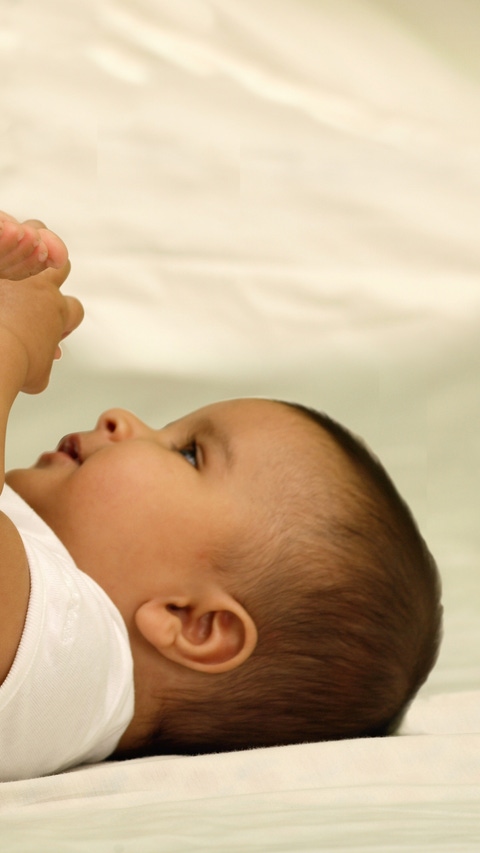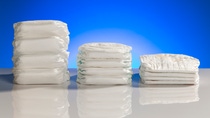47 %
of all babies will have a diaper by 2025

Hygiene
They are true high-tech products that, over the years, have become more comfortable, thinner and more absorbent. The main reason lies in the use of innovative superabsorbent polymers.
With their help it has been possible to develop thinner diapers that not only keep babies dry for a longer time, offer more freedom of movement and due to material savings even contribute to sustainability.
We offer optimized products for a wide range of diaper cores, from high to low fluff content with a high absorption capacity, permeability and absorbency under load.
47 %
of all babies will have a diaper by 2025
More and more people can afford to buy hygiene products
Consumption patterns for hygiene products can vary greatly among emerging markets because of culture, religion, climate etc.
BASF Global Hygiene Portfolio

